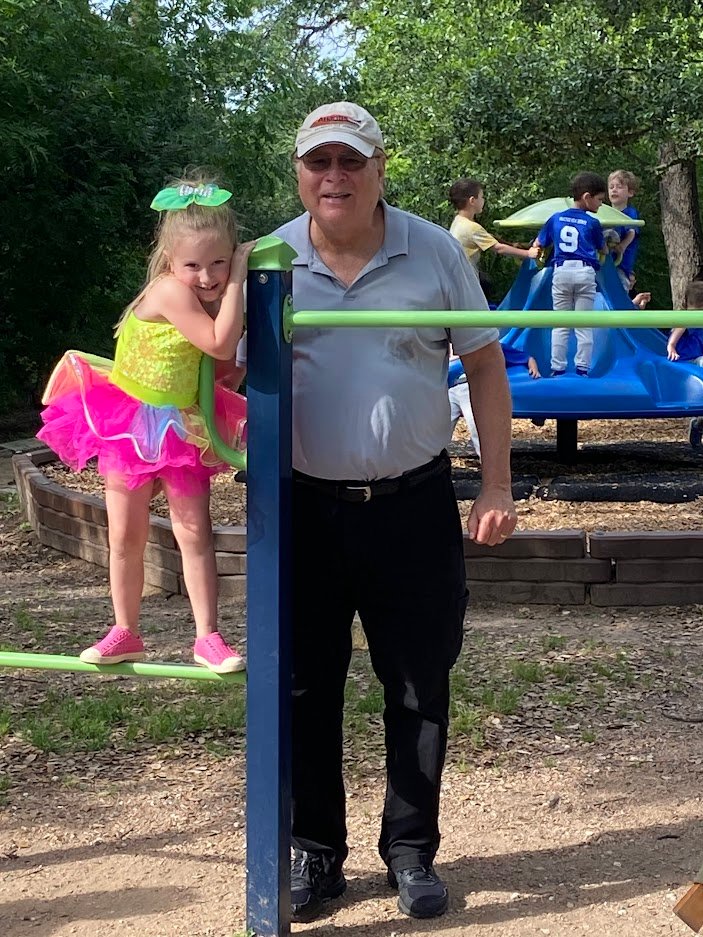In a world filled with digital distractions, fostering a culture of multigenerational reading has never been more crucial. The term refers to the practice of individuals from different generations coming together to share the joy of reading. It goes beyond the conventional solitary reading experience, aiming to strengthen family bonds and create a shared love for literature. Let’s delve into the myriad reasons why encouraging multigenerational reading is a valuable and enriching endeavor.
Benefits of Multigenerational Reading
A. Strengthening Family Bonds
Reading together creates shared memories and strengthens the emotional bonds between family members. It provides an opportunity for open discussions, fostering communication and understanding across generations. From grandparents passing down traditional tales to grandchildren exploring the wonder of the written word, this shared experience builds a bridge across generations that is so needed in today’s fast paced world dominated by the Internet and cell phones. Stories transcend time, providing a common ground for individuals of different ages to understand each other better, which helps develop empathy within a family. These shared moments and the discussions that follow, deepen family bonds, creating a sense of belonging and shared values between family generations.
B. Enhancing Cognitive Development
For children, exposure to varied reading materials and discussions with older family members can significantly enhance cognitive development. The exchange of ideas and perspectives contributes to a well-rounded intellectual growth. It works both ways from stimulating a child’s imagination to providing older family members with mental exercises, multigenerational reading enhances cognitive abilities across generations.
C. Fostering Empathy and Understanding
Reading diverse literature as a family introduces members to different cultures, experiences, and perspectives. This exposure fosters empathy and understanding, breaking down stereotypes and promoting open-mindedness. Exposing children to the joy of reading early on instills a love for learning that lasts a lifetime. Multigenerational reading acts as a catalyst, fostering an appreciation for literature and curiosity about the world.
Practical Tips for Encouraging Multigenerational Reading
A. Creating a Family Reading Routine
Establishing a dedicated time for family reading creates a routine that everyone can look forward to. Whether it’s a bedtime story or a weekend book club, consistency is key to building a multigenerational reading habit.
B. Selecting Diverse and Inclusive Literature
Curate a collection of books that represent various cultures, backgrounds, and experiences. This ensures that everyone in the family can find stories that resonate with them, promoting inclusivity and broadening perspectives. Embrace diversity in reading preferences. Rotate book selections to accommodate various tastes, and encourage family members to recommend books, creating a vibrant and inclusive reading experience.
C. Organizing Book Club Sessions
Transform reading into a social activity by organizing book club sessions within the family. Rotate the responsibility of selecting a book, allowing each member to contribute to the reading choices and discussions.
Overcoming Challenges
A. Addressing Generational Gaps in Reading Preferences
Recognize and embrace the diversity in reading preferences among family members. Finding common ground might involve exploring different genres or compromise, ensuring everyone feels included in the reading experience. Topics can go from dinosaurs to dragons to princesses to fantasy to animals or any subject that keeps the imagination going.
B. Utilizing Technology to Bridge Gaps like E-books and Audiobooks
Incorporate technology judiciously, using e-books and audiobooks to bridge generational gaps. Embrace the digital age while preserving the essence of traditional reading, creating a harmonious blend of both worlds. These formats can be particularly appealing to the younger generations while providing accessibility options for older family members.
C. Balancing Screen Time with Traditional Reading
Emphasize the importance of balance when integrating technology. While digital formats offer convenience, traditional reading should not be overshadowed. Striking a balance ensures a holistic reading experience for everyone.
Impact on Education
A. Enhancing Language and Communication Skills
Multigenerational reading contributes to the development of language and communication skills, especially in young readers. Exposure to a diverse vocabulary and different writing styles enhances linguistic capabilities.
B. Boosting Academic Performance
Studies have shown that children exposed to regular reading experiences at home tend to perform better academically. Multigenerational reading provides a supportive environment for educational growth.
The Role of Libraries and Community Initiatives
A. Libraries as Hubs for Multigenerational Reading
Explore the role of libraries in promoting multigenerational reading. Libraries often host events and programs that cater to readers of all ages, creating a conducive environment for families to come together.
B. Community Programs Promoting Family Literacy
Highlight community initiatives that actively promote family literacy. These programs often involve local schools, libraries, and organizations collaborating to create a comprehensive approach to multigenerational reading.
Conclusion
In a fast-paced world, the tradition of multigenerational reading stands as a timeless beacon, illuminating the path to stronger family bonds, enhanced cognitive development, and a shared love for learning. By embracing this practice, families embark on a literary adventure that transcends generations, creating a legacy of connection through the magic of books.












